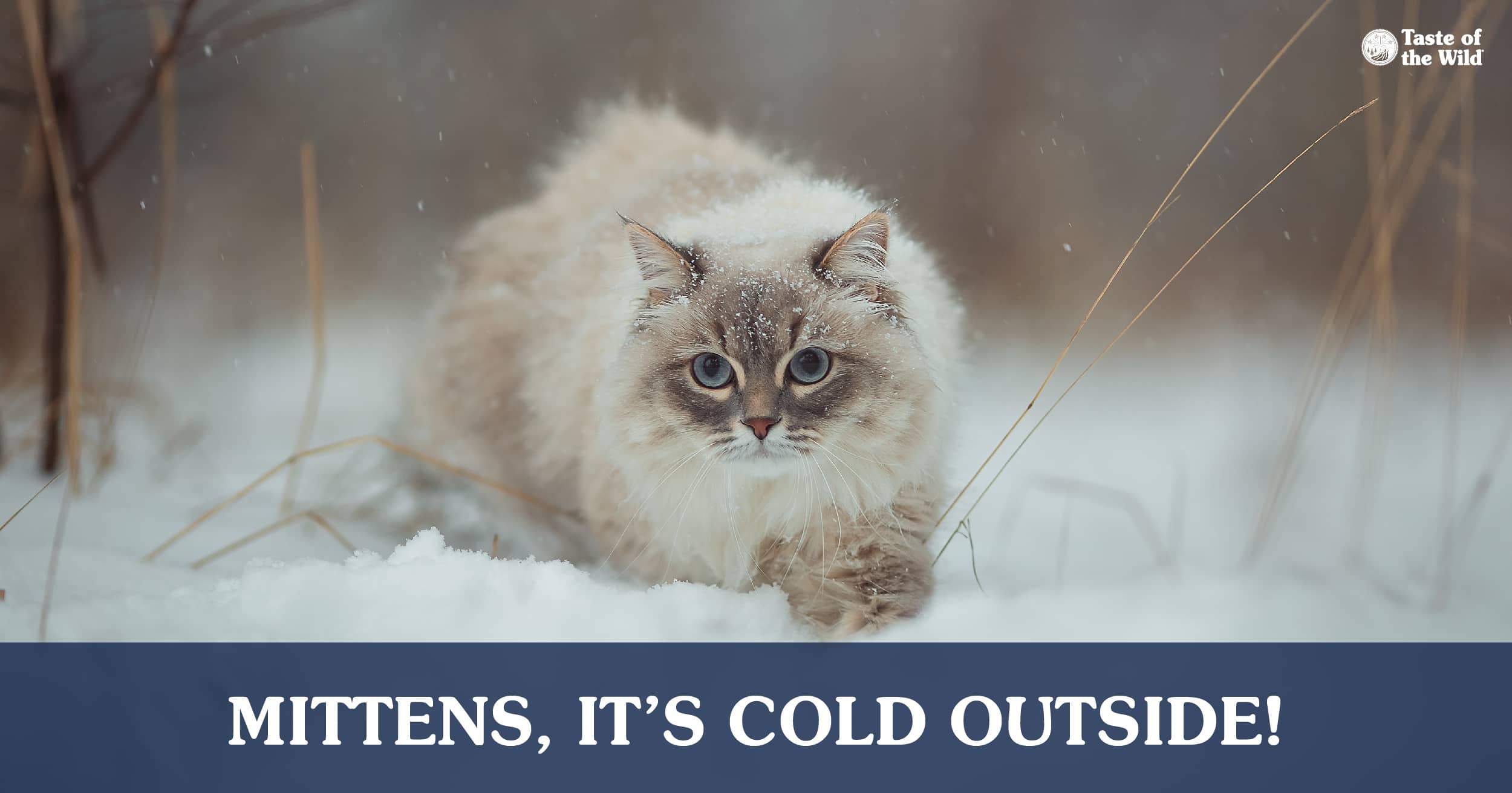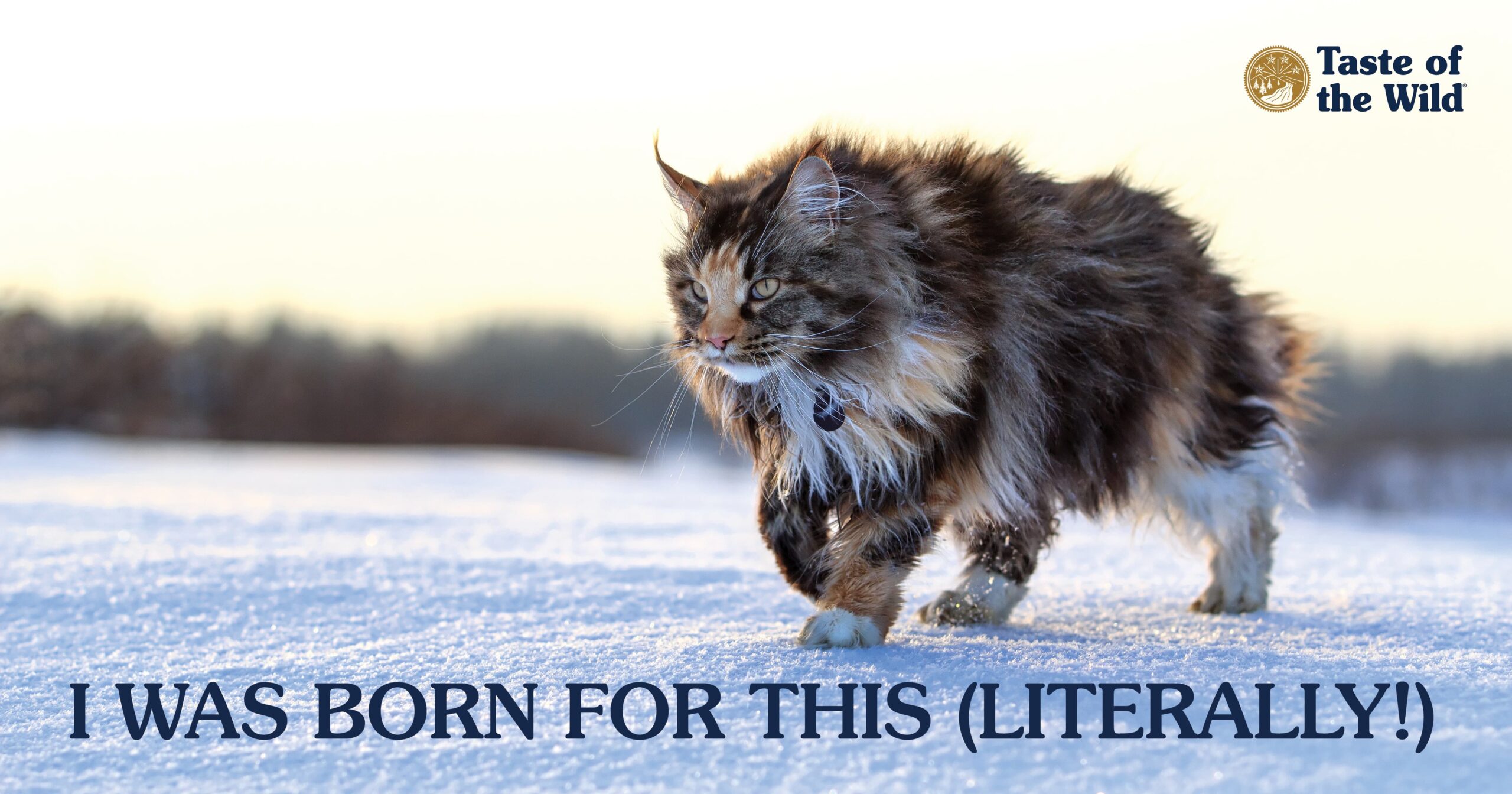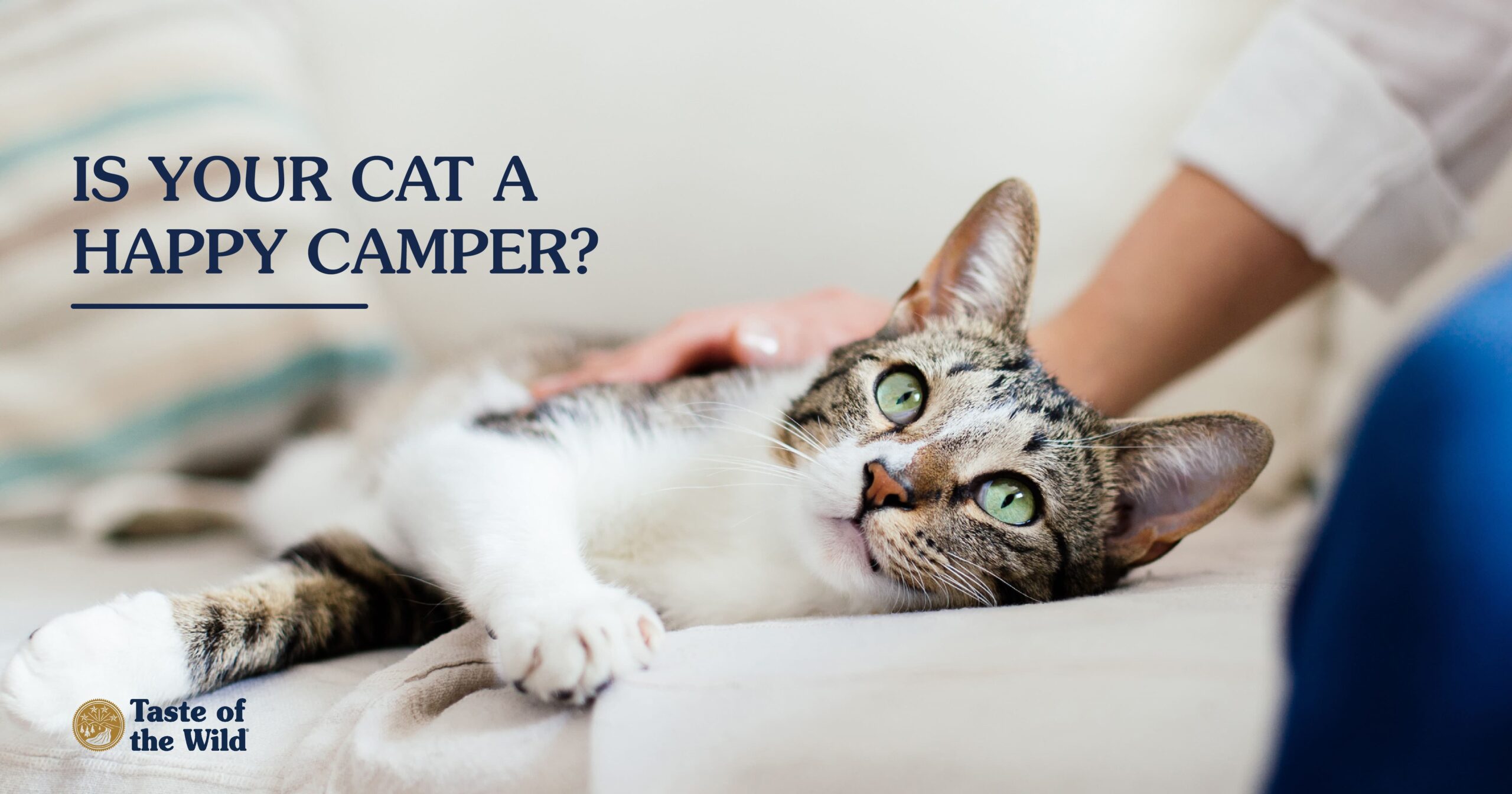Do Cats Need Special Care in the Winter?
Thursday, December 14, 2023 | Grooming & Care

Mittens, it’s cold outside. It’s time to discuss what kind of special care might be needed for cats this winter.
First, we need to look at what kind of life your cat leads to provide the best guidance. Are they an indoor-only cat? If so, there are a couple of changes you’ll need to make this coming season. Are they an indoor/outdoor cat? Leading a double life requires some extra precautions. Let’s dig through some tips before the snowplows have a chance to warm up their engines.
Indoor Cats Still See Changes in the Winter
All cats have a natural instinct to store energy and conserve fat reserves as soon as the weather becomes colder. You may notice Mittens sleeping or lazing about more in the winter as a result.
Cold weather may mean it’s cooler in your house during winter than the summer, and if that’s the case, you’ll notice your cat’s appetite increase. Studies suggest indoor and outdoor cats will eat up to 15 percent more in the winter due to the extra energy they need to keep warm. So, make sure you add some extra kibbles to your favorite feline’s food bowl. Consult with your local veterinarian if you have any questions about how much is too much.
Speaking of warmth, cats prefer to stay nice and toasty. If Mittens had opposable thumbs, they’d set the thermostat to around 70 degrees to stay cozy all winter long. However, since they’re not paying the utility bills, 70 degrees may not always be achievable. Your cat will do okay in rooms hovering between 50 and 60 degrees Fahrenheit, but be sure to provide them with plenty of blankets or other sources of heat. Your cat needs to maintain a body temp of more than 90 degrees in order to ward off hypothermia. Added tip: Have a fireplace? Make sure it’s covered by a glass screen. Mittens will want to sit as close as possible to the fire and you don’t want them to get burned.
Indoor cats will grow a winter coat if they are exposed to enough sunlight, because winter coats are a response to the amount of daylight we have during winter months and not necessarily the temperature. For longer-haired felines, reach for their brush more frequently to help them prevent any potential tangles or matting. No matter how many times a cat grooms themselves, longer fur can still get tangled.
Indoor/Outdoor Cats Need Double Care During Winter
Some cats just yearn to get outside, no matter the season. If you have an indoor/outdoor cat, many of the same recommendations are applicable: You’ll need to increase their kibbles during winter, and you’ll need to provide them with sources of heat to maintain that internal body temperature of 90 degrees.
But also remember that no cat should be left outside without a shelter once temperatures begin falling below 30 degrees Fahrenheit. You can make your own weather-proof cat shelter or you can purchase one from the store. Most pet stores, feed stores and big-box stores sell houses with your cat in mind.
You’ll also want to insulate the pet house with straw — not hay. Straw repels moisture and keeps your cat warm. Keep adding straw throughout the winter months, as your cat will likely begin to compress the straw over time.
It’s important to note that cats have a tendency to find warmth in unexpected spots in addition to the shelters or blankets you provide. Before starting your car in the morning, give your hood a few loud thumps and look to see if a cat is on the move. Your cat or even stray cats could be curled up near your engine in an attempt to stay warm.
Be sure to switch to heated food and water bowls during the winter to prevent water or wet food from freezing. Rubber bowls can be a less expensive alternative, as they won’t crack like plastic containers when water freezes in them, but food and water can still harden. This brings us to our next point — you’ll want to provide food and water daily and make sure that nothing is frozen if you’re not using a heated bowl. Remember: Cats will eat more the colder it gets. All that extra food is going to help sustain their internal temperature.
Lastly, even exclusively outdoor cats still need flea, tick and heartworm prevention medicine or collars. As crazy as it sounds, many parasites are active during the winter months, no matter how cold it may get. Year-round parasite preventives not only help safeguard your pet from disease, but they can help protect your family’s health as well.
Prep Your Winter Cats for Winter Storms
If there’s a winter storm on its way, help care for your outdoor kitties or neighborhood strays by avoiding salt or other snow/ice melt products that aren’t approved for pets. Non-approved snow removal methods can irritate food pads, and they can also be lethal to all animals when licked off paws or ingested from melting puddles. Antifreeze is another deadly chemical to keep out of your cat’s reach during winter.
Next, try to clear a path in and out of the cat’s outdoor shelter, add extra straw to the outdoor house and consider building a feed station to shield your cat’s food and water from wind and snow.
Finally, don’t forget to get all your necessities — including extra food for you and Mittens — prior to the storm rolling in. You’ll want to make sure all humans and pets are hunkered down before the bad weather arrives.
While we wish that every cat could stay safe and snug inside during the winter months, some cats love the winter weather and insist on being outside. But whether your cat experiences winter only from the warm side of the window, or they prefer walking on the wild side all year long, you can keep them safe and comfortable with just a few winter weather updates to their care.
RELATED POST: Cat Breeds Made for Winter Weather
The information in this blog has been developed with our veterinarian and is designed to help educate pet parents. If you have questions or concerns about your pet’s health or nutrition, please talk with your veterinarian.




